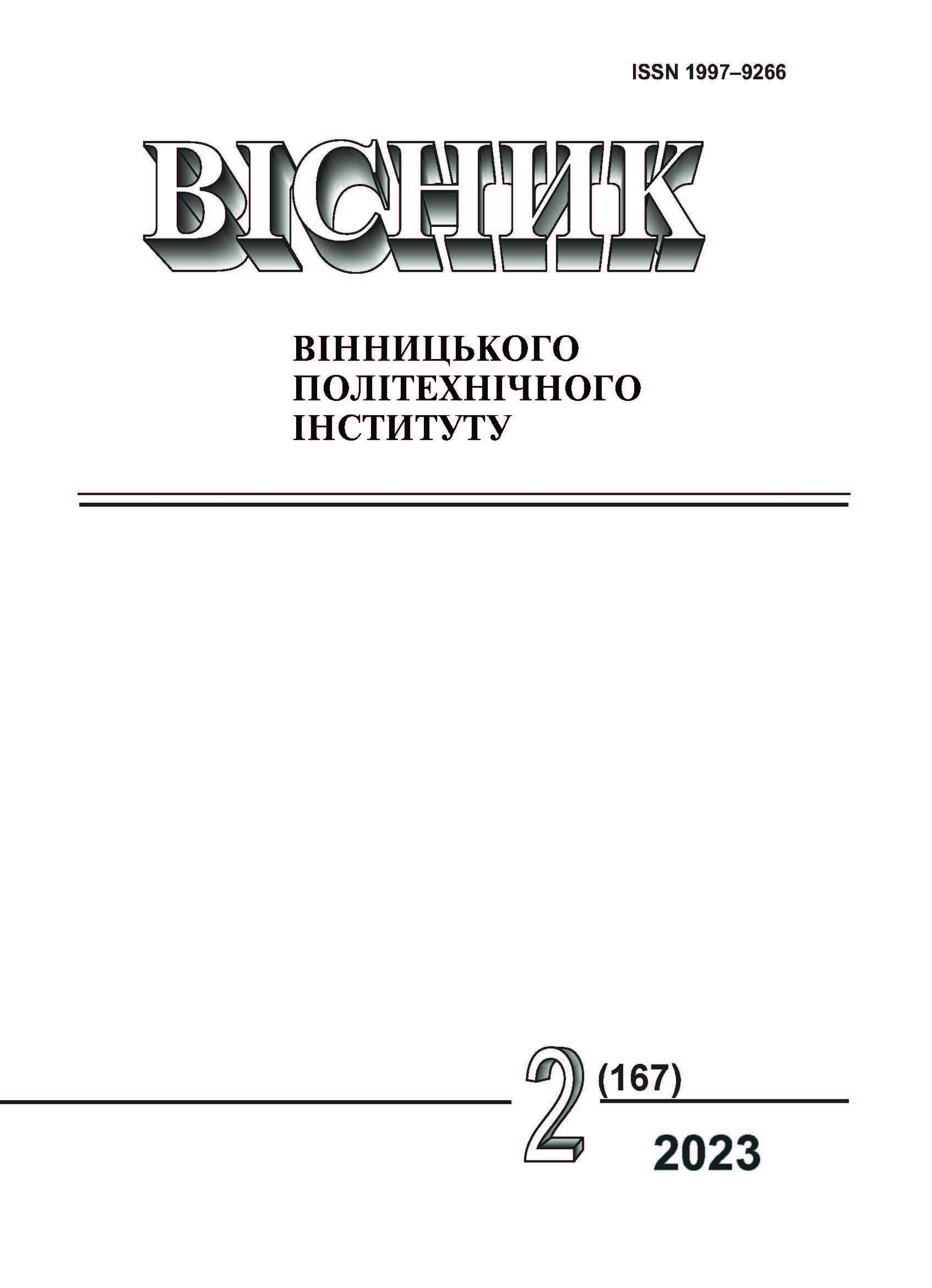Waste Lithium-Ion Batteries Management in China
DOI:
https://doi.org/10.31649/1997-9266-2023-167-2-21-27Keywords:
lithium-ion battery, recovery value, recycling, waste battery, resourcesAbstract
The goal of this study is to analyze the recycling of lithium-ion batteries in China and their recovery value. Lithium-ion batteries are widely used in electronic products. With the development of science and technology, the future prospects become broader. Nowadays, the world faces the problem of environmental protection and recycling of waste lithium-ion batteries. The resource recovery improves the efficiency of materials and energy usage. Cobalt, lithium and other metals have high recovery potential. Based on the analysis of the available data regarding the recycling and disposal technology of the waste lithium-ion batteries, this paper analyzes the current state and existing problems of recycling and disposal of the waste lithium-ion batteries in China from the point of view of input materials for batteries, production processes, recycling and disposal technologies. Modern materials, used as anodes, cathodes and electrolytes in lithium-ion batteries are compared. The most promising are organic sulfides and their polymers intercalated with lithium, lithium hexafluorophosphate in organic solvents, etc. The estimated resources that can be recovered from used lithium-ion batteries: for the Chinese market they are the following: 600 tons/year of cobalt, 560 tons/year of copper, 190 tons/year of aluminum, 1000 tons/year of iron, and 40 kg/year of lithium. The processing technologies used in China are relatively outdated, with a low automation level, which leads to environmental pollution. Among the positive trends, it is worth noting the use of the recycling model for waste lithium batteries of electric cars, which provides sources of financing for this process by the manufacturers. Besides, China is actively engaged in the production of nickel hydroxide, cobalt hydroxide and other products from recycled used lithium-ion batteries, which contributes to the efficient use of the resources.
References
F. Gu, J. Guo, X. Yao, P. A. Summers, S. D. Widijatmoko, and P. Hall, “An investigation of the current status of recycling spent lithium-ion batteries from consumer electronics in China,” Journal of Cleaner Production, no. 161, pp. 765-780, 2017.
A. Wu, and W. Tongyu, “Recycling and harmlessness of waste batteries,” Urban Environment and Urban Ecology, no. 5, pp. 37, 2001.
K. M. Winslow, S. J. Laux, and T. G. Townsend, “A review on the growing concern and potential management strategies of waste lithium-ion batteries,” Resources, Conservation and Recycling, no. 129, pp. 263-277, 2018.
H. Zou, E. Gratz, D. Apelian, and Y. Wang, “A novel method to recycle mixed cathode materials for lithium ion batteries,” Green Chemistry, no. 15 (5), pp. 1183-1191, 2013.
D. Kushnir, “Lithium ion battery recycling technology 2015: Current State and Future Prospects,” Environmental Systems Analysis. Chalmers University, Göteborg, Sweden. ESAReport, 2015.
S. Sun, C. Jin, W. He, G. Li, H. Zhu, and J. Huang, “Management status of waste lithium-ion batteries in China and a complete closed-circuit recycling process,” Science of the Total Environment, no. 776, pp. 145913, 2021.
Analysis on the Market Prospect of Lithium battery recycling in China in 2020. GGII. [Electronic resource]. Available: https://www.gg-lb.com/art-41003-yj.html .
V. Ishchenko, “Assessment of spent batteries streams in Ukraine,” Екологічна безпека та природокористування, № 2 (38), c. 55-63, 2021.
Z. Siqi, L. Guangming, H. Wenzhi, H. Juwen, and Z. Haochen, “Recovery methods and regulation status of waste lithium-ion batteries in China: A mini review,” Waste Management & Research, no. 37(11), pp. 1142-1152, 2019.
X. Song, S. Hu, D. Chen, and B. Zhu, “Estimation of waste battery generation and analysis of the waste battery recycling system in China, Journal of Industrial Ecology, no. 21(1), pp. 57-69, 2017.
Y. Wu, C. Wan, and C. Jiang, Lithium-ion secondary battery. Beijing: Chemical Industry Press, 2002.
H. Lai Qiong, and J. Lu, “Rocker lithium-ion secondary battery and its embedded electrode materials,” Chemical Research and Application, pp. 21-26, 1998.
Z. Zhao, and X. Yuan, “Research progress of polymer electrolyte and separator in lithium secondary batteries,” Chemical industry and engineering, pp. 71-75, 2004.
Y. Yin, C. Zhang, and C. Wang, “Research on the recovery and comprehensive utilization of waste lithium batteries,” Guangdong Chemical Industry, no. 38 (7), pp. 84-87, 2011.
J. Run, J. Yang, and Y. Jia, “Development and prospect of lithium batteries,” Salt Lake Research, no. 4, pp. 58-63, 2001.
T. Shang, Recycling of waste batteries and materials. Beijing: Chemical Industry Press, 2004.
S. Zhang, “Current situation and research and development hotspots of lithium ion battery industry,” Industry perspective, no. 1, pp. 46-52, 2004.
Downloads
-
PDF (Українська)
Downloads: 123
Published
How to Cite
Issue
Section
License

This work is licensed under a Creative Commons Attribution 4.0 International License.
Authors who publish with this journal agree to the following terms:
- Authors retain copyright and grant the journal right of first publication.
- Authors are able to enter into separate, additional contractual arrangements for the non-exclusive distribution of the journal's published version of the work (e.g., post it to an institutional repository or publish it in a book), with an acknowledgment of its initial publication in this journal.
- Authors are permitted and encouraged to post their work online (e.g., in institutional repositories or on their website) prior to and during the submission process, as it can lead to productive exchanges, as well as earlier and greater citation of published work (See The Effect of Open Access).





